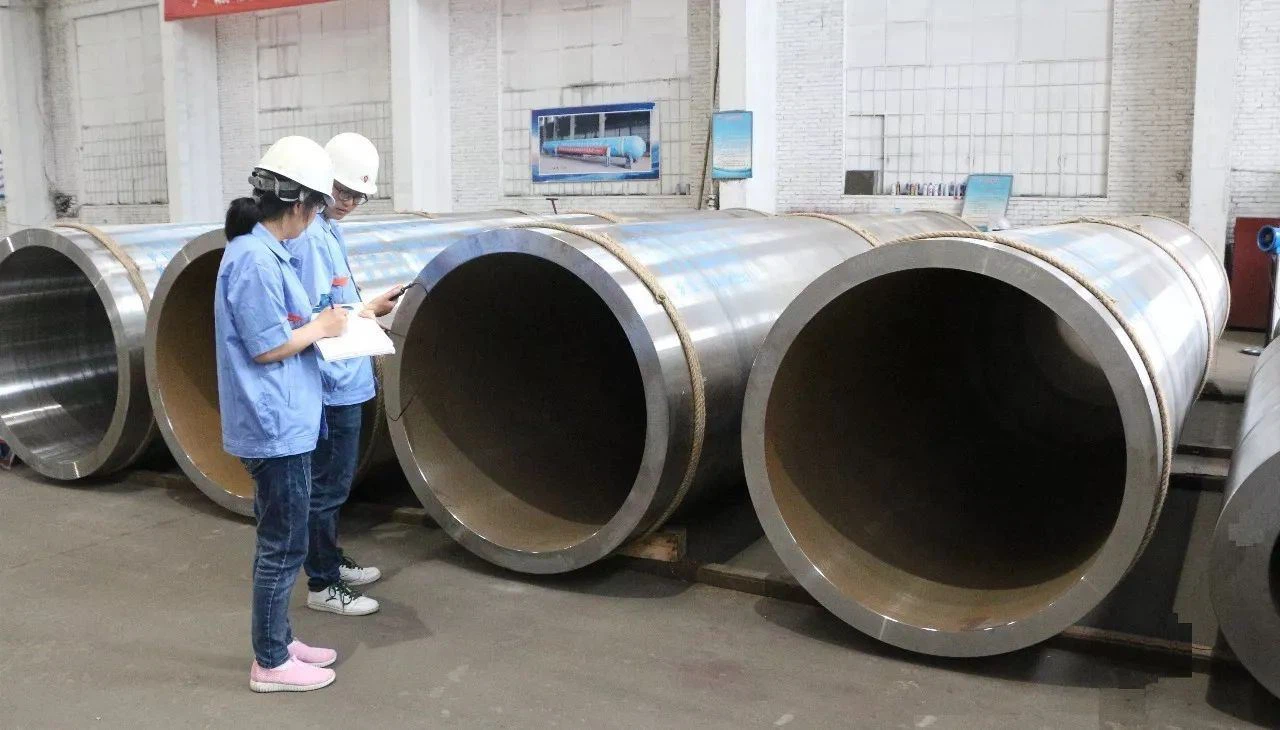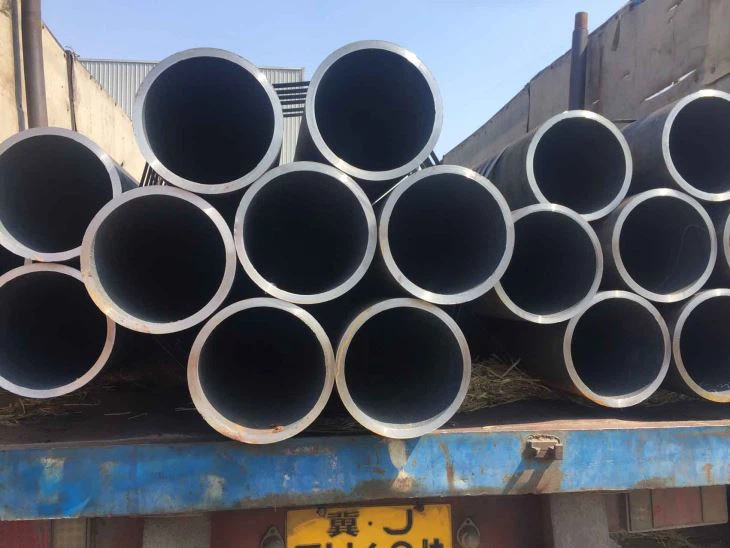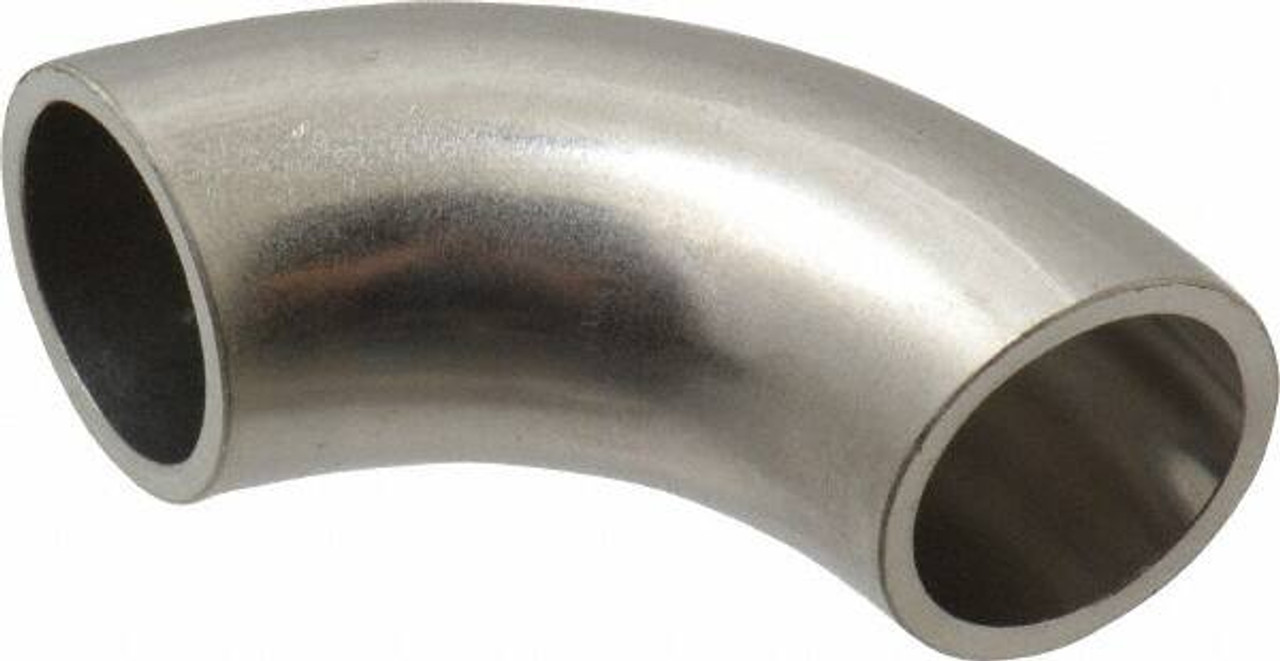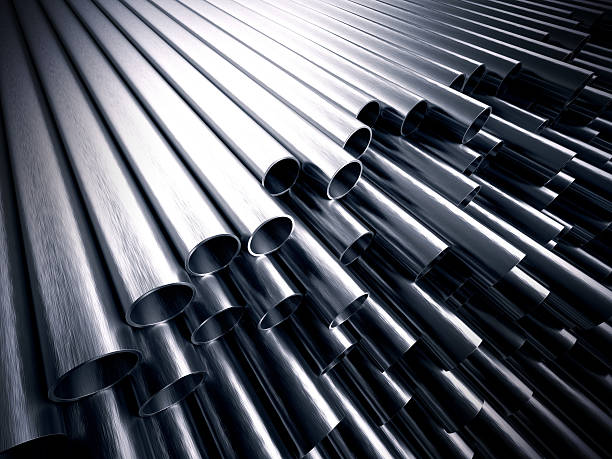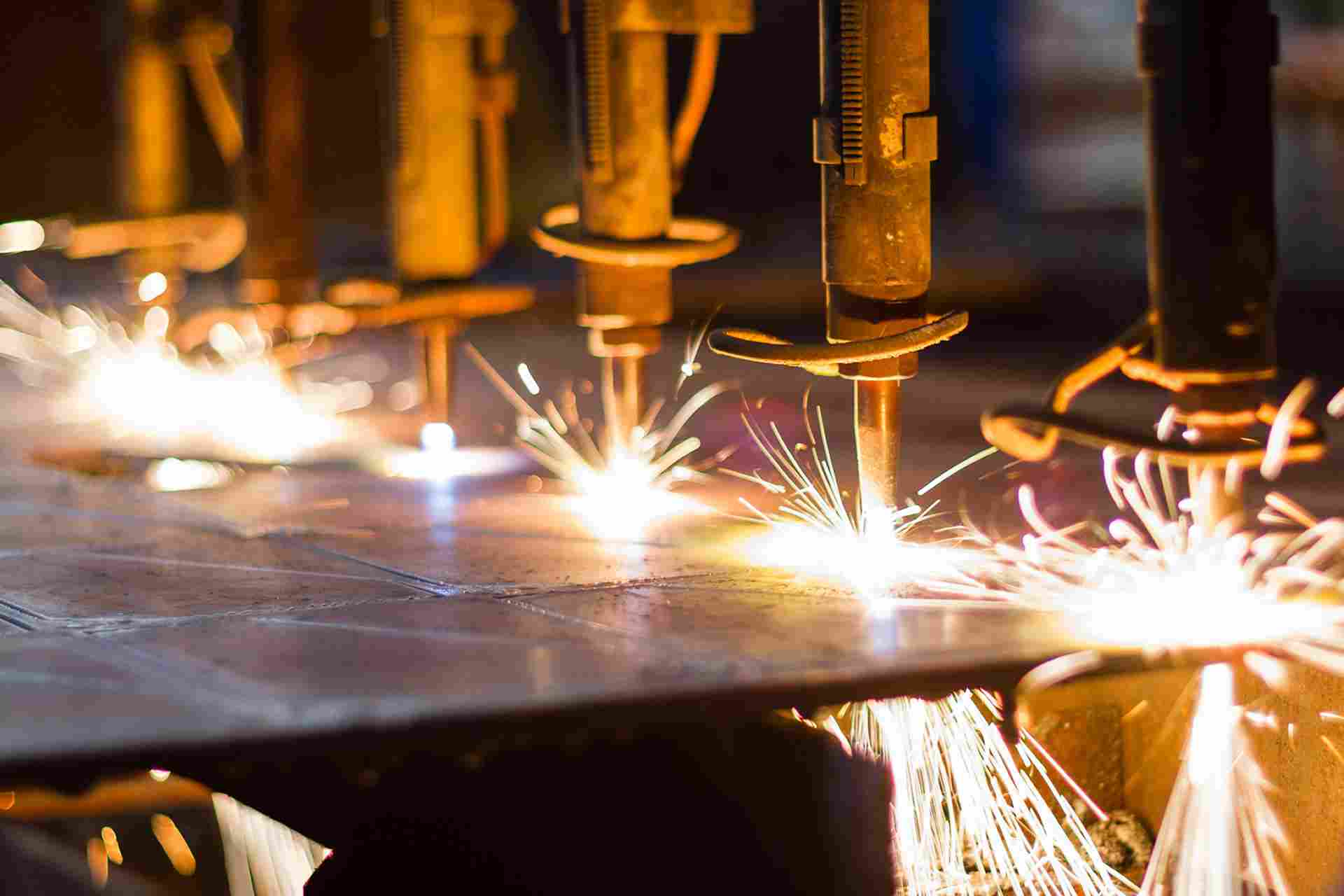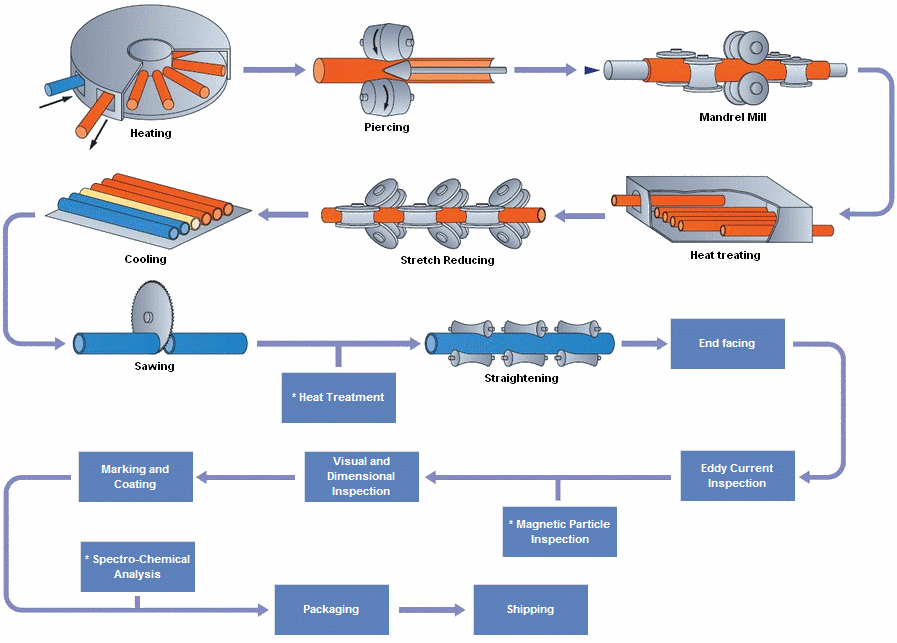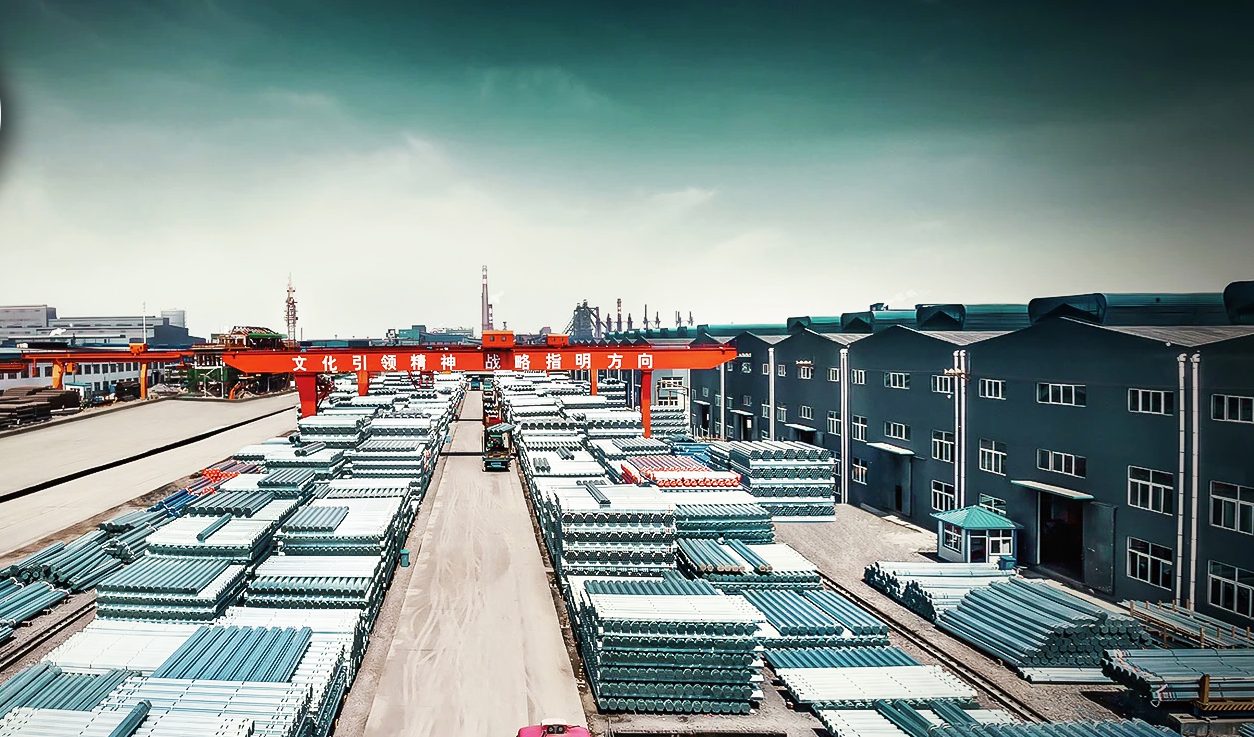Tuyaux en acier en acier à paroi épaisse à parois épaisses, produit à travers des processus avancés comme le piercing chaud et le traitement thermique, Offrez une force et une fiabilité exceptionnelles. Grades internationaux de EN (par ex., 34CrMo4) et ASTM (par ex., A519 4140) Parallèlement aux normes GB répond aux besoins divers, des cylindres hydrauliques aux infrastructures énergétiques, Assurer les performances sous haute pression et stress.
Technologie
For high-pressure hydraulic cylinders, seamless steel pipes such as ST52 (E355), SAE 4140 (42CrMo), 37Mn, and 34CrMo4 are widely used, adhering to standards like DIN 2391, ASTMA519, and GB 18248. These grades offer the necessary strength, dureté, and precision to ensure safety and performance under extreme pressures. Selection depends on specific pressure requirements, conditions environnementales, and manufacturing processes like honing or heat treatment.
The welding of UNS N08825 pipelines demands a holistic approach integrating material science, process engineering, and stringent quality control. By optimizing TIG/MIG/SMAW parameters, mitigating defects through pre/post-weld treatments, and adhering to international standards, industries can leverage the alloy’s full potential in corrosive and high-temperature environments. Continuous advancements in welding technologies promise enhanced efficiency and reliability for future applications.
Welding Inconel 625 and P22 requires meticulous control of thermal gradients, filler selection, and post-weld treatments to address metallurgical incompatibilities. Industry standards and advanced processes (par ex., Embrouille, soudage au laser) enhance joint reliability in critical applications. Continuous innovation in welding technology will further optimize these dissimilar joints for extreme environments.
Par la pratique de soudage de plus que 400 PORTS DYNE dans la section Gasification du dispositif de synthèse chimique de l'ammoniac chimique Liuguo, Il est montré que le processus de soudage ci-dessus peut assurer complètement la qualité du soudage. À en juger par le résultat du taux de passage de 96%, c'est suffisant. Prouver ce.
Pour résumer, Nickel 200's surface treatment technology includes methods such as pickling, Surfaces de recuit et de polissage lumineux. Ces technologies présentent leurs avantages uniques et leur place à l'amélioration des différents scénarios d'application.
Le choix entre Inconel® X-750 (NOUS N07750) et alliage de nickel 600 dépend en grande partie des exigences spécifiques de l'application: Choisissez Inconel X-750 pour la stress élevé, Applications à haute température où la résistance mécanique, résistance à la fatigue, et la résistance au fluage est critique (par ex., aérospatial, nucléaire, et turbines à gaz). Choisissez l'alliage nickel 600 Pour une résistance à la corrosion polyvalente dans les applications à usage général ou lorsque la fabrication et la rentabilité sont plus importantes (par ex., traitement chimique, marin, et échangeurs de chaleur).
L'Hastelloy C-276 se distingue comme l'un des alliages les plus polyvalents et les plus résistants à la corrosion disponibles aujourd'hui. Ses propriétés uniques le rendent indispensable dans les industries où la performance et la fiabilité sont primordiales. De la résistance aux acides agressifs dans les usines chimiques à la résistance aux conditions difficiles des environnements marins, L'Hastelloy C-276 a prouvé sa valeur à maintes reprises. Bien que son coût élevé et les défis de fabrication puissent poser des limites, les avantages qu'il offre dépassent de loin ces inconvénients pour les applications critiques. Alors que les industries mondiales continuent de repousser les limites de l'innovation, L'Hastelloy C-276 restera un matériau de base pour les environnements exigeants, assurer la sécurité, efficacité, et durabilité pour les années à venir.
L'analyse CFD du débit d'eau à l'intérieur des tuyaux coudés soudés bout à bout révèle que le tuyau coudé à bord normal surpasse le tuyau coudé à bord vif en termes d'efficacité d'écoulement., consommation d'énergie, et l'intégrité structurelle. Les principales conclusions comprennent:
Lors du choix entre des tuyaux sans soudure et soudés en alliage à haute teneur en nickel, prendre en compte des facteurs tels que les exigences de pression, résistance à la corrosion, coût, et la disponibilité des tailles pour vous assurer que vous choisissez le bon type de tuyau pour votre projet. Pour plus d’informations ou une assistance dans la sélection du bon tuyau, consultez un spécialiste des matériaux ou un fournisseur qui peut vous guider tout au long du processus de prise de décision..

